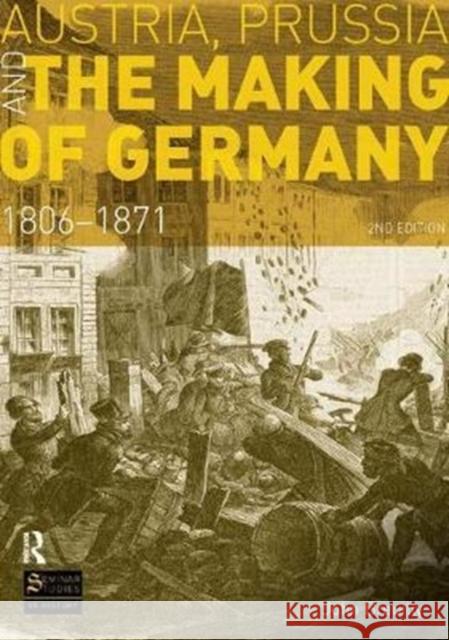Austria, Prussia and the Making of Germany: 1806-1871 » książka
topmenu
Austria, Prussia and the Making of Germany: 1806-1871
ISBN-13: 9781138432154 / Angielski / Twarda / 2017 / 240 str.
Austria, Prussia and the Making of Germany: 1806-1871
ISBN-13: 9781138432154 / Angielski / Twarda / 2017 / 240 str.
cena 947,28
(netto: 902,17 VAT: 5%)
Najniższa cena z 30 dni: 906,73
(netto: 902,17 VAT: 5%)
Najniższa cena z 30 dni: 906,73
Termin realizacji zamówienia:
ok. 22 dni roboczych
Dostawa w 2026 r.
ok. 22 dni roboczych
Dostawa w 2026 r.
Darmowa dostawa!
Rev. ed. of: The formation of the first German nation-state, 1800-1871.











